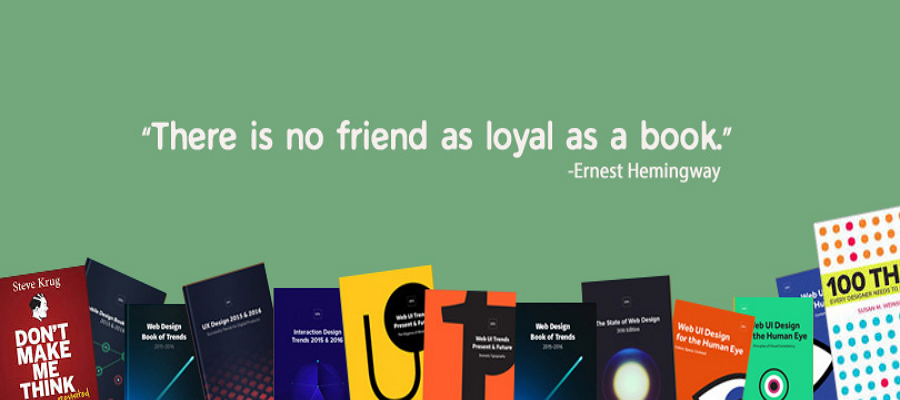


- #I before e poem by jef raskin serial
- #I before e poem by jef raskin software
- #I before e poem by jef raskin mac
#I before e poem by jef raskin mac
Jobs told Raskin that he shouldn’t “worry about the price” and should instead “just specify the computer’s abilities.” Jef Raskin rips Steve Jobs on Mac pricingĪ bristling Raskin responded with a sarcastic memo to Jobs, replicated in the excellent book Apple Confidential 2.0: It suggested a more reasonable retail price of $1,500. The September 27 memo spelled out that this was not possible. That meant Raskin’s computer would need to be manufactured and packaged for $125. The company expected to put a 400% markup on its machines. And even the TRS-80, a fairly low-cost, bare-bones computer, sold for $599.Įven as a startup, however, Apple already took a high-margin approach to its business. However, at the time it would have been significantly cheaper than most regular personal computers. That price (which, with inflation, would be more than $2,000 today) seems fairly standard by current terms. Raskin’s revolutionary idea was to build a computer, based around a graphical user interface, that would cost $500 or less.
#I before e poem by jef raskin software
The project (called Archy) was designed to eventually replace current software interfaces.Ĭanon Cats keyboard is defined in the MAME emulator itself, in the cat.September 27, 1979, marked Apple’s earliest cost investigation for the Mac. There was a software project no longer under development, initiated by Raskin, to develop a similar yet even more capable system for today's computing systems. Often considered a text-only machine, the Cat included graphics routines in ROM as well as connectors for a mouse or other pointing device that were never used. The total weight of the system was 17 pounds (7.7 kg).Īn extensive range of application software was built into 256 KB of ROM: standard office suite programs, communications, a 90,000 word spelling dictionary, and user programming toolchains for Forth and assembly language.
#I before e poem by jef raskin serial
The Cat's array of I/O interfaces encompassed one Centronics parallel port, one RS-232C serial port (DB-25), and two RJ11 telephone jacks for the modem loop. Setup and user preference data was stored in 8 KB of non-volatile (battery backed-up) RAM. It used a Motorola 68000 CPU (like the Macintosh, Lisa, Atari ST and Amiga) running at 5 MHz, had 256 KB of RAM, and an internal 300/1200 bit/s modem. The machine's hardware consisted of a 9-inch (229 mm) black-and-white monitor, a single 3½-inch 256 KB floppy disk drive and an IBM Selectric–compatible keyboard. Keyboard of the Canon Cat and the red "leap" keys, used for instant inline searching. The Cat also used special "Leap keys" which, when held down, allowed the user to incrementally search for strings of characters. Instead of using a traditional command line interface or menu system, the Cat made use of its special keyboard, with commands being activated by holding down a "Use Front" key and pressing another key. All data was seen as a long "stream" of text broken into several pages. It featured a text user interface, not making use of any mouse, icons, or graphics. After leaving the company in 1982, he began designing a new computer closer to his original vision of an inexpensive, utilitarian "people's computer" BYTE in 1987 described the Cat as "a spiritual heir to the Macintosh". The Canon Cat was primarily the creation of Jef Raskin, originator of the Macintosh project at Apple. On the surface it was not unlike the dedicated word processors popular in the late 1970s to early 1980s, but it was far more powerful and incorporated many unique ideas for data manipulation. The Canon Cat was a task-dedicated, desktop computer released by Canon Inc. Workshop/Repair documentation for the Canon Cat is here.


 0 kommentar(er)
0 kommentar(er)
